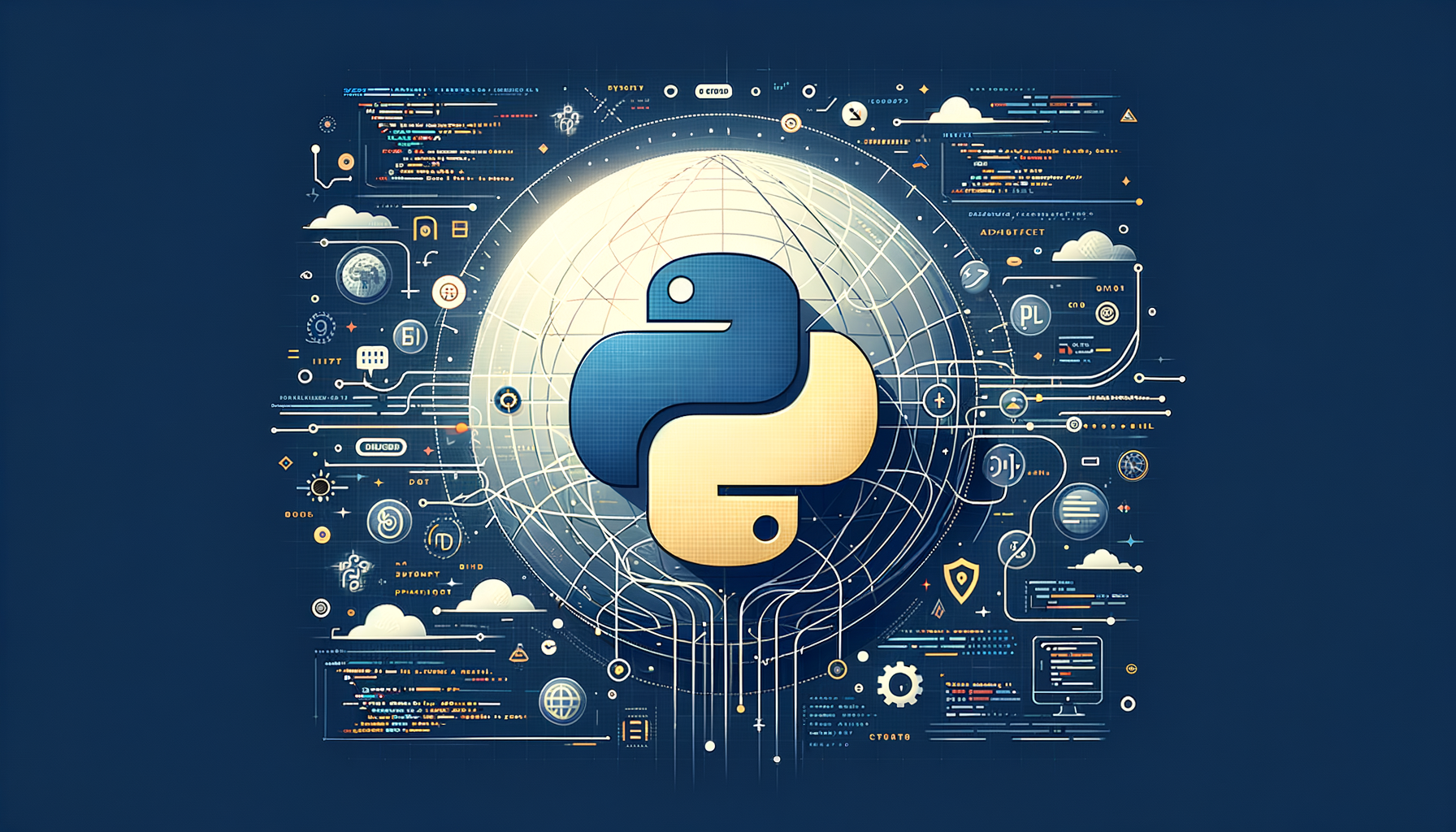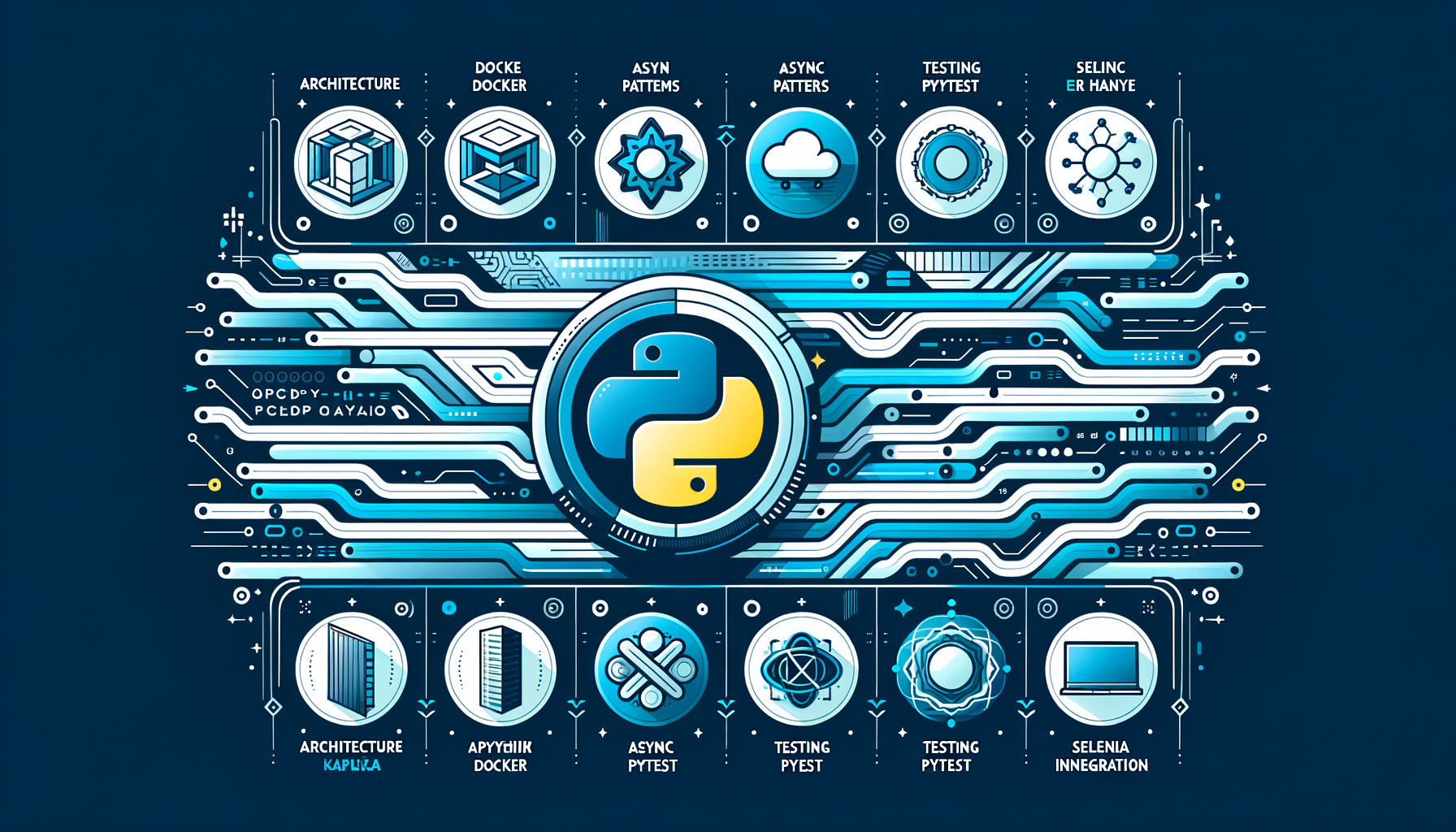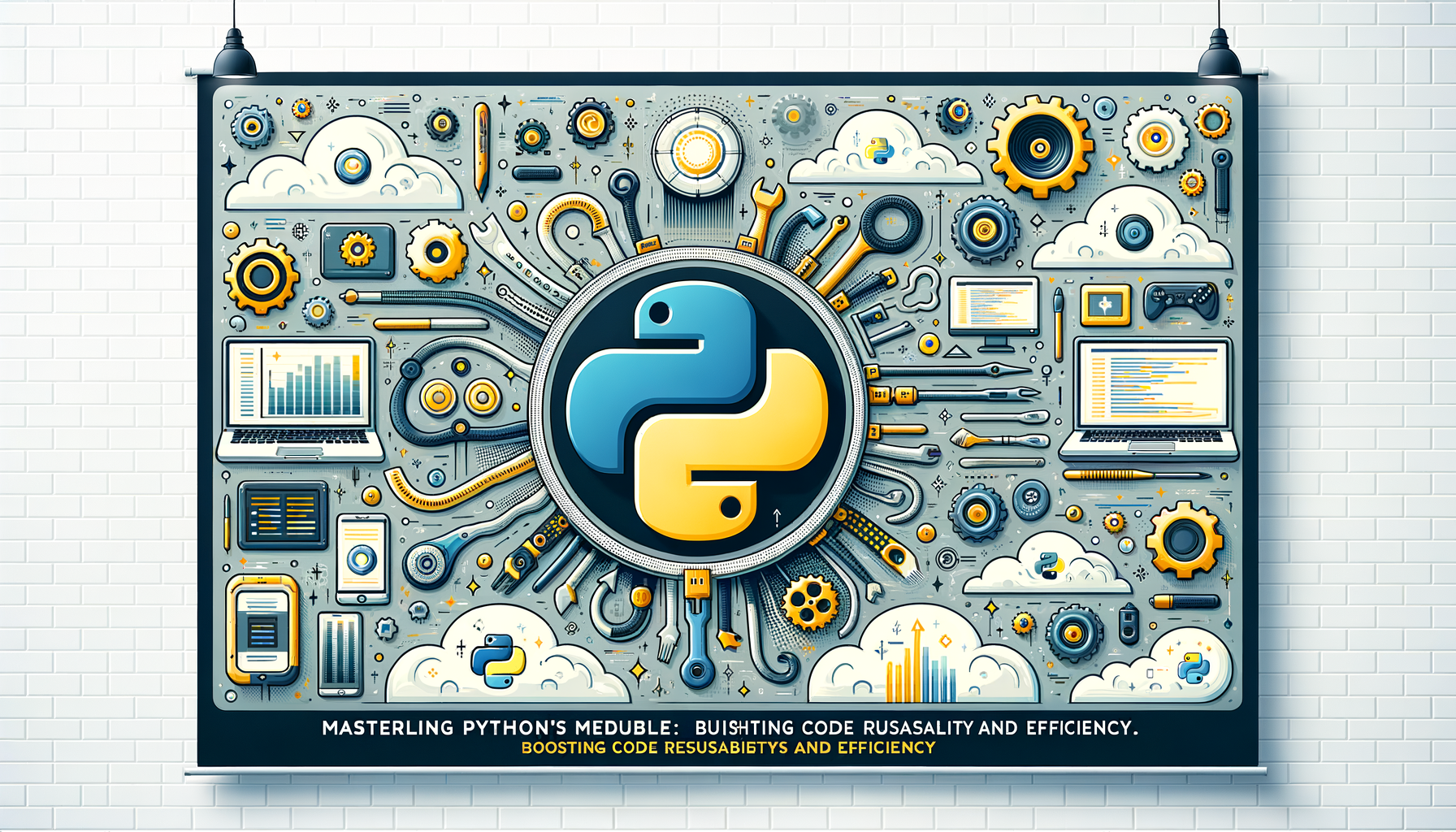Python Programming Blog
Learn Python with practical examples, in-depth tutorials, and expert guidance
Featured Articles
Our most popular Python tutorials

Discover how to harness Python's asyncio for efficient concurrency with practical, real-world examples. This post walks you from core concepts to production-ready patterns — including web scraping, robust error handling with custom exceptions, and a Singleton session manager — using clear explanations and ready-to-run code.

Learn a practical, step-by-step approach to speed up your Python programs. This post covers profiling with cProfile and tracemalloc, micro-benchmarking with timeit and perf, memory and line profiling, and how generators, context managers, and asyncio affect performance — with clear, runnable examples.

Ever wondered why your Python scripts fail miserably during flaky network conditions? In this comprehensive guide, you'll learn how to implement resilient retry logic for API calls, ensuring your applications stay robust and reliable. Packed with practical code examples, best practices, and tips on integrating with virtual environments and advanced formatting, this post will elevate your Python skills to handle real-world challenges effortlessly.
Stay Updated with Python Tips
Get weekly Python tutorials and best practices delivered to your inbox
We respect your privacy. Unsubscribe at any time.
Recent Articles

Building Real-Time Data Pipelines with Python and Apache Kafka: A Step-by-Step Guide
Learn how to design and implement robust, real-time data pipelines using Python and Apache Kafka. This step-by-step guide walks you through architecture, setup (including Docker), producer/consumer examples, async patterns, testing with Pytest, integrating Selenium for data ingestion, packaging your pipeline, and production-ready best practices.

Mastering Python Dataclasses: Leverage `dataclasses` for Efficient and Enhanced Data Management
Dive into the power of Python's `dataclasses` module to revolutionize how you handle data in your applications. This comprehensive guide breaks down everything from basics to advanced techniques, complete with practical code examples that will help intermediate Python developers streamline their code and boost productivity. Whether you're building data models or optimizing workflows, discover how dataclasses can make your programming life easier and more efficient.

Exploring Python's Data Classes: Simplifying Class Creation and Management
Discover how Python's dataclasses make modeling data clean, concise, and maintainable. This guide walks intermediate Python developers through core concepts, practical patterns (including ETL and multiprocessing examples), best practices, and common pitfalls to help you adopt dataclasses confidently in real-world projects.

Mastering Python's functools Module: Boosting Code Reusability and Efficiency
Dive into the power of Python's built-in `functools` module and discover how it can transform your code into reusable, efficient masterpieces. This comprehensive guide explores key tools like caching, partial functions, and decorators, complete with practical examples to help intermediate Python developers level up their skills. Whether you're automating daily tasks or implementing complex algorithms, learn to write cleaner, more maintainable code that saves time and resources.

Integrating Python with Docker: Best Practices for Streamlined Development and Deployment
Learn how to integrate Python projects with Docker to streamline development, testing, and production deployment. This practical guide covers multi-stage Dockerfiles, docker-compose workflows for local dev, running tests in containers, performance tips for CPU-bound tasks (like graph algorithms), and real-world considerations for tools like Scrapy and automated testing frameworks.

Mastering File Handling and Data Processing with Python's Built-in Modules: A Comprehensive Guide
Dive into the world of Python's powerful built-in modules and unlock efficient ways to manage files and process data like a pro. This guide breaks down essential techniques for intermediate learners, complete with practical code examples and best practices to streamline your workflows. Whether you're automating tasks or building data pipelines, you'll gain the skills to handle real-world scenarios with confidence and precision.